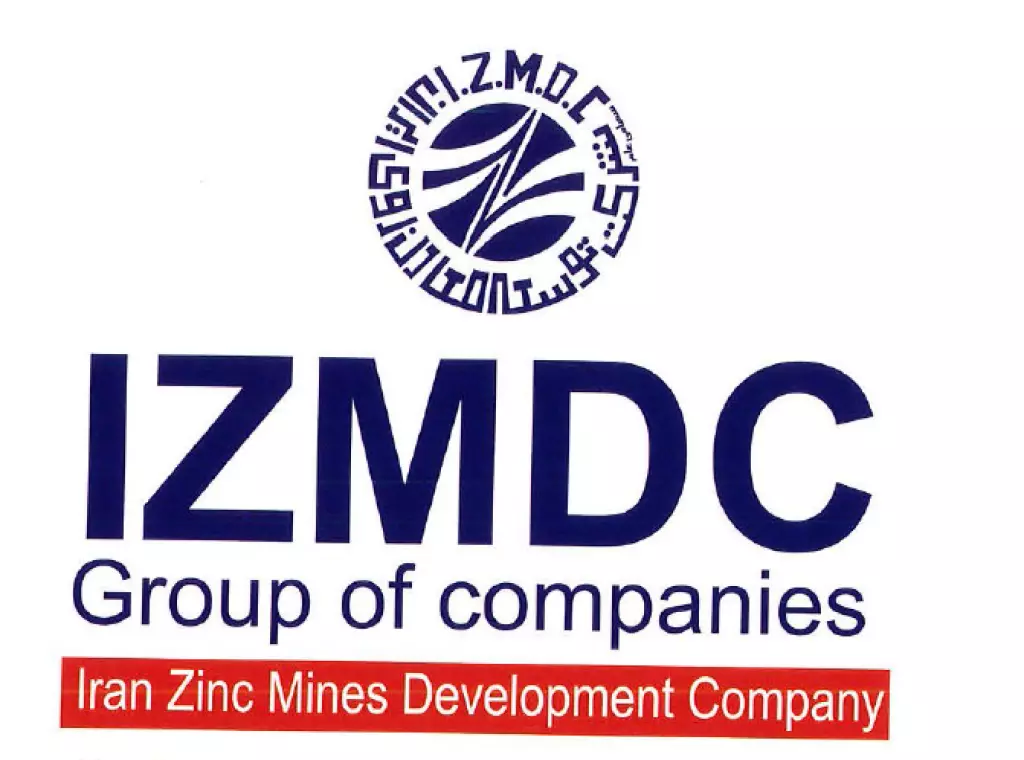Zinc and lead İndustry

- Rating
-
- Business
- IZMDC Group of Companies
- Category
- Other > Metals and Bolts
- Price
- price not defined
- Minimum Order
- 1
- Maximum Order
- Unlimited
- Unit
- Countries sellable to
- Afghanistan, Aland Islands and 248 more
Share on
factories, in order to establish factories producing lead and zinc ingots on 9/24/1360 and under number 940 in the Companies and Industrial Property Office of Tehran. Has been registered.
This company was changed to a public joint stock company on May 20, 2000 and was accepted in the Tehran Stock Exchange on December 3, 2000. After purchasing 84.68% of the shares of this company by Iran Zinc Mines Development Company in March 2003 and reforming its structure in order to solve production problems and provide the required soil, this company re-entered the field of production. Iran National Lead and Zinc Company has a high potential to promote the country's lead and zinc industries. The company's lead factory with a nominal capacity of 40,000 tons per year with the technical knowledge of the Swedish company Boliden and the German company Mansman Damak was put into operation in 1992. 30% of the project costs have been spent on environmental protection. The company's lead plant has complete equipment for air pollution prevention and environmental protection.
The main product of the lead factory is soft lead ingots with a purity of 99.99%, which is used in the battery industry. Also, lead-silver, tin and lead-antimony alloy are other products of this factory. These alloys are used in the cable and ammunition industries. The 15,000-ton factory on the National Lead and Zinc Company of Iran, constructed using technical knowledge and domestic equipment, was put into operation in September 1999. In this factory, Zinc ingots of HG type with a purity of more than 99.95% are produced.
50% of the operation of the development plan of this factory has been implemented up to a capacity of 30,000 tons. Some of the products of lead and zinc factories are used for domestic needs and some are exported to world markets.
In the reported year, despite numerous problems regarding the supply of raw materials, the nominal capacity of factories was not available. However, in order to achieve the set goals by taking advantage of all available facilities and making appropriate modifications to the use of existing minerals, especially zinc cake filter was on the agenda of the company, which was successful. The zinc sulfate plant was also put into operation for the optimal use of minerals and recycling of zinc plant waste with an initial capacity of 5,000 tons per year. Is in production.
This company was changed to a public joint stock company on May 20, 2000 and was accepted in the Tehran Stock Exchange on December 3, 2000. After purchasing 84.68% of the shares of this company by Iran Zinc Mines Development Company in March 2003 and reforming its structure in order to solve production problems and provide the required soil, this company re-entered the field of production. Iran National Lead and Zinc Company has a high potential to promote the country's lead and zinc industries. The company's lead factory with a nominal capacity of 40,000 tons per year with the technical knowledge of the Swedish company Boliden and the German company Mansman Damak was put into operation in 1992. 30% of the project costs have been spent on environmental protection. The company's lead plant has complete equipment for air pollution prevention and environmental protection.
The main product of the lead factory is soft lead ingots with a purity of 99.99%, which is used in the battery industry. Also, lead-silver, tin and lead-antimony alloy are other products of this factory. These alloys are used in the cable and ammunition industries. The 15,000-ton factory on the National Lead and Zinc Company of Iran, constructed using technical knowledge and domestic equipment, was put into operation in September 1999. In this factory, Zinc ingots of HG type with a purity of more than 99.95% are produced.
50% of the operation of the development plan of this factory has been implemented up to a capacity of 30,000 tons. Some of the products of lead and zinc factories are used for domestic needs and some are exported to world markets.
In the reported year, despite numerous problems regarding the supply of raw materials, the nominal capacity of factories was not available. However, in order to achieve the set goals by taking advantage of all available facilities and making appropriate modifications to the use of existing minerals, especially zinc cake filter was on the agenda of the company, which was successful. The zinc sulfate plant was also put into operation for the optimal use of minerals and recycling of zinc plant waste with an initial capacity of 5,000 tons per year. Is in production.